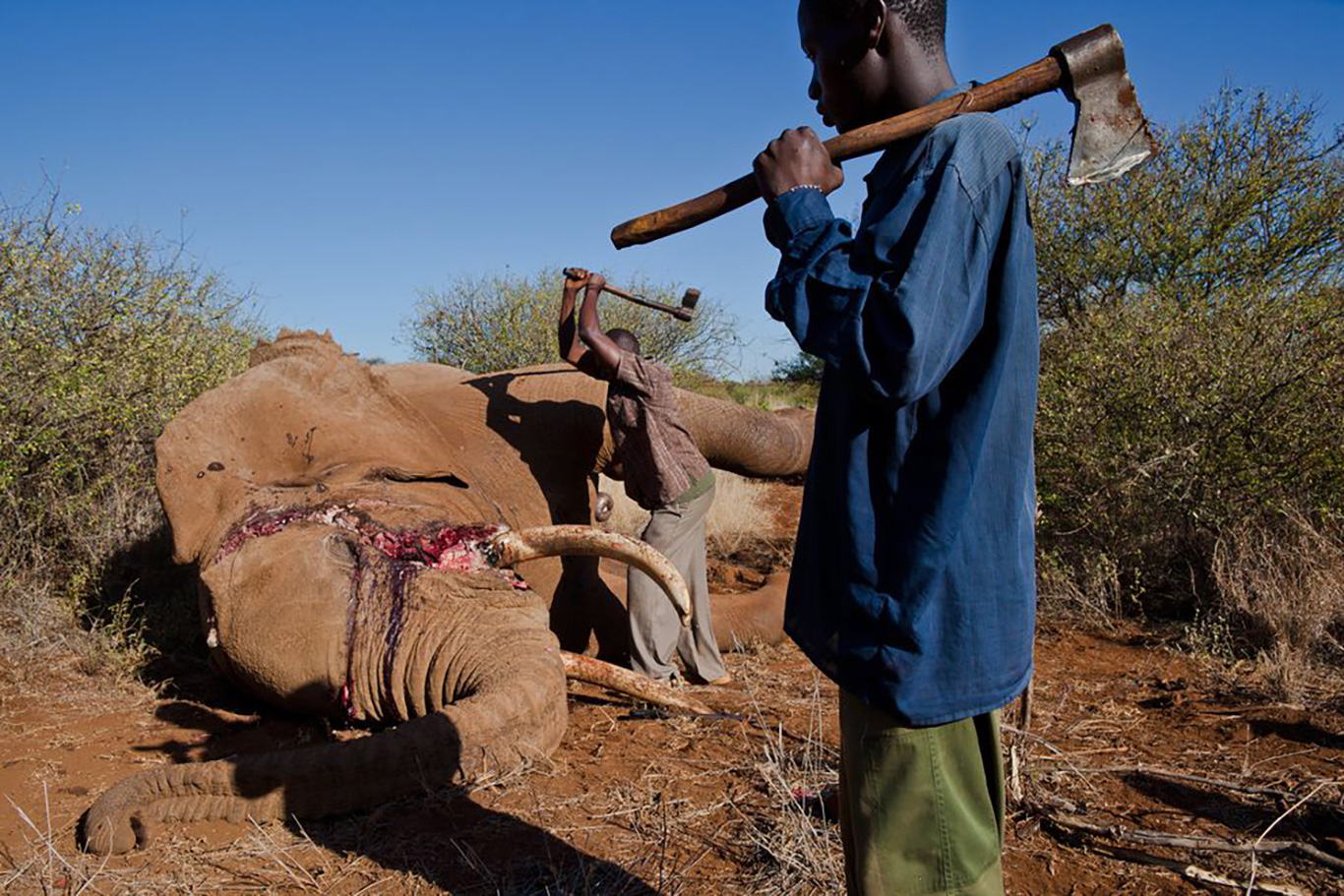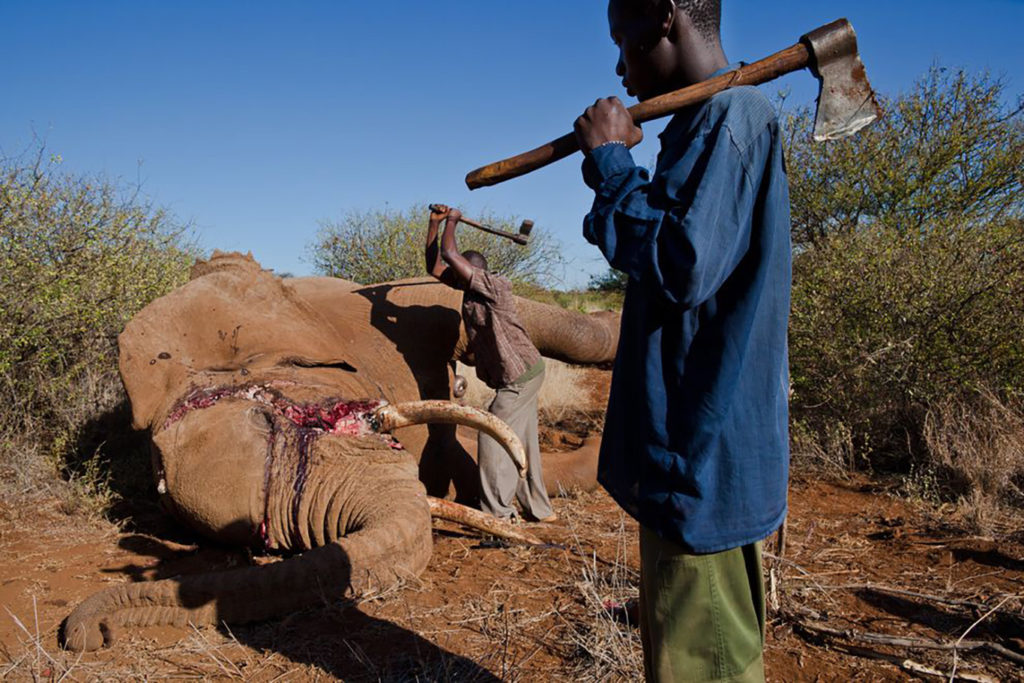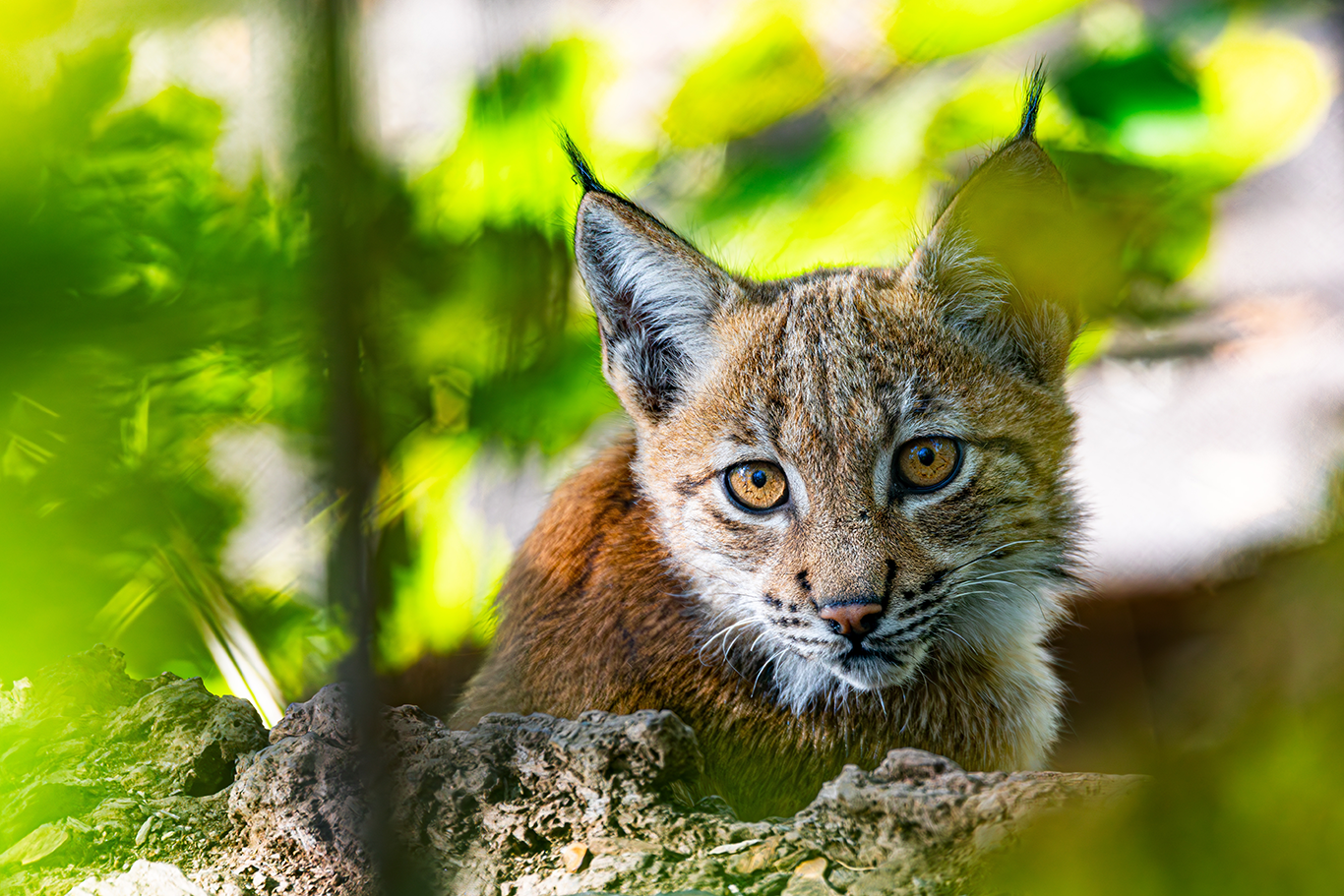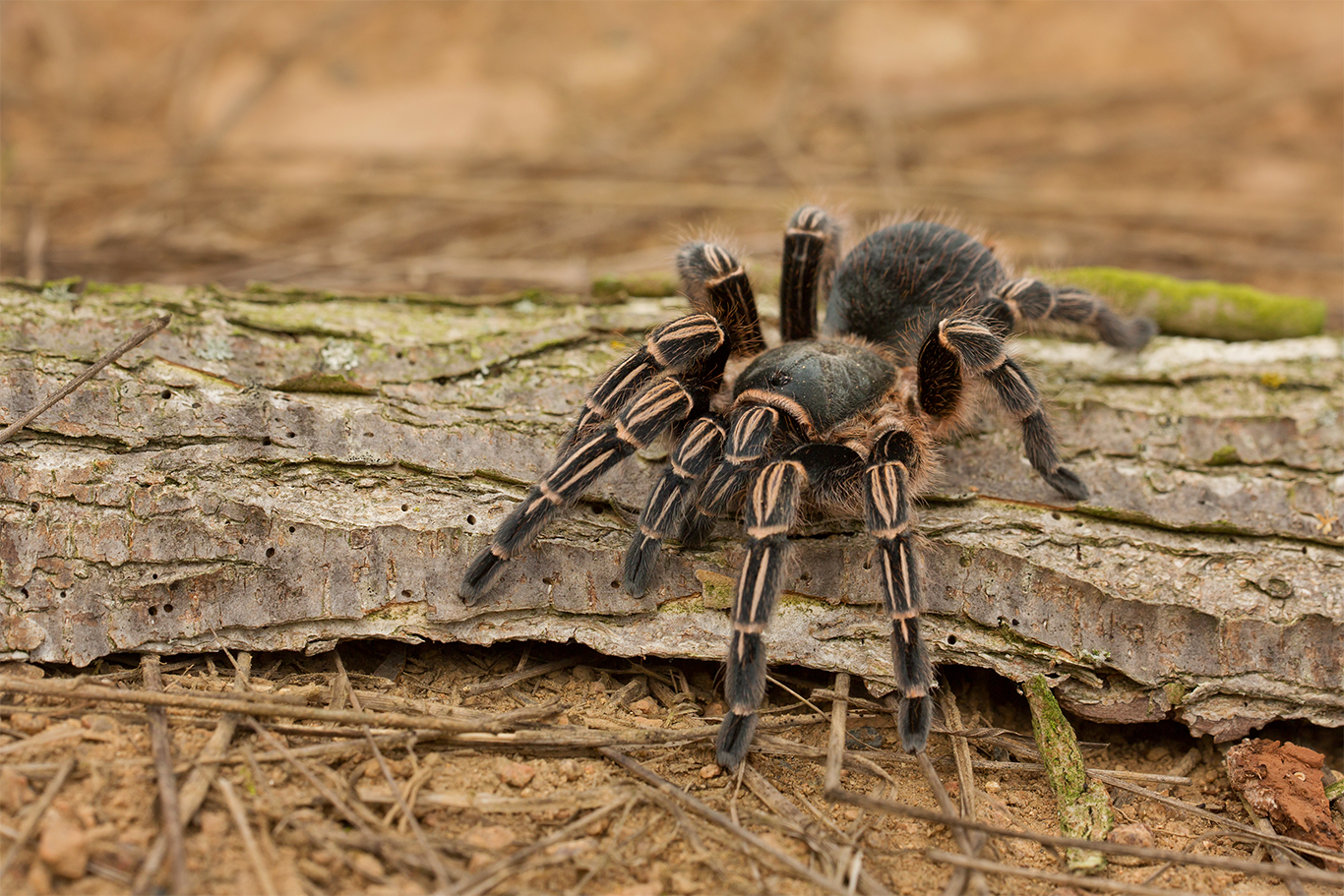Despite a ban on the international trade in ivory, tens of thousands of elephants are still butchered mercilessly each year for their tusks. An alarming new report has revealed that the wave of poaching ivory has worsened since 2011 across most of the African continent.
According to a recent publication in the Scientific Reports journal, state-space models have revealed a continuous elephant poaching problem in most of Africa. The latest figures show that between 2011–2018, only in Eastern Africa have poaching rates decreased substantially.
“For Africa as a whole, poaching did decline from 2011 to 2018, but the decline was entirely due to Eastern African sites,” reads the report. It goes on to state that illegal killing has improved little or even worsened since 2011 in Southern, Western, and Central Africa.
Sarah Morris of the Animal Survival International (formerly Political Animal Lobby) explains: “If you crunch the numbers, you’ll see that the devastating figures of elephants killed have not decreased. The African elephant is in grave trouble and needs our help.”
Weighing in at an average of six tons (5 442 kilograms), the African elephant is the largest land-living mammal in the world. Tragically, this majestic and intelligent creature is, quite literally, worth its weight in gold. As a result of the insatiable lust for ivory products in Asian markets, the trade is extremely profitable, with China driving illicit poaching through the roof.
Recent studies reported that the poaching of African elephants reached its peak in 2011 and has been decreasing through 2018. On closer examination of these studies, however, questions are raised about the conclusion that poaching is decreasing throughout the continent.
Scott Schlossberg and Michael J. Chase of Elephants Without Borders corrected that misinformation: “Reports of falling poaching rates in Africa are something of an illusion,” said lead author Schlossberg. “Regionally, elephant poaching is decreasing only in Eastern Africa. For the rest of the continent, poaching rates are still near their peak and have changed little since 2011.”
Recent survey data from Southern Africa is limited, but two major elephant populations in this region are showing worrying trends. Northern Botswana’s large elephant population has been experiencing a spike in poaching since 2017, and the Kruger National Park in South Africa has also experienced heightened poaching in recent years. These findings are an important call for continued vigilance in anti-poaching and anti-trafficking efforts.
“There are still more African elephants being killed for ivory than are being born. Elephant populations continue to decline,” added World Elephant Day Co-Founder, Patricia Sims.
“Elephants are a keystone species. This means they create and maintain the ecosystems in which they live and make it possible for a myriad of plant and animal species to live in those environments as well. The loss of elephants gravely affects many species that depend on elephant-maintained ecosystems, causes major habitat chaos, and a weakening to the structure and diversity of nature itself. To lose the elephant is to lose an environmental caretaker and an animal from which we have much to learn.”





